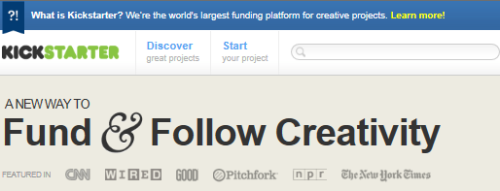This year I’m participating again as a Speaker in support of the International Green IT Awareness Week 2012 (IGITAW), in cooperation with “Proserpina Business Service” and “Acquisti&Sostenibilità”.

This annual conference is being held from 1st-7th June 2012. Foundation for IT Sustainability, the Australian not for profit initiative organiser, will be hosting a major virtual (online) conference during the week according to this calendar. IGITAW will engage a global network of green IT professionals, experts and organizations to present a series of engaging, pragmatic and thought-provoking presentations. The aim of the presentations will be to equip attendees with a range of skills and the knowledge necessary to take action on green IT, however big or small.
Speakers will be presenting through live video conferencing and webcasts; and will be addressing critical issues including the cultural change around green IT, showcasing case studies, discussing research, presenting on practical implementation and tips for implementing best practices for both home and business technology users.
The week of Free education and action was developed to encourage individuals and organizations to demand more from themselves and their partners, holding each other to account for our impact on the environment. The initiative also aims to encourage those individuals and organizations to bring together their CIO, IT Directors along with their business managers, CFO and COE’s to start the discussion around what their organization can do to green their IT infrastructure. You can freely register on IGITAW and browse other resources on Foundation for IT Sustainability
My presentation “Green Cloud: Can the cloud revolution help ICT sustainability, too?” went live on the IGITAW event website at 9:00am CEST on Wednesday 6th June 2012 (i.e. Rome & Central EU summer time) now its also available on http://youtu.be/ZckHh3iQY5M

My LIVE Q&A Chat Session is scheduled for Wednesday June 6th 2012 – 3:00pm-3:30pm CEST. http://www.greenitweek.org/component/content/article/312
A pdf with the 40 slides and on-demand recording playback is available at http://greenitweek.org/images/stories/downloads/donatotoppeta.pdf
The Key Discussion Points of my “Green Cloud” speech are:
- The cloud as a major revolution in the procurement of ICT services that can help sustainability, but not all the cloud providers are using clean energy sources as Greenpeace pointed out.
- How some cloud computing best practices are addressing the energy efficiency and the other ICT sustainability issues?
- Which ICT services from the cloud can provide more sustainable alternatives to companies and consumers?
- Privacy, globalization, cyber risks, labour consolidation, and other hidden aspects of the cloud versus social responsibility.
- A glimpse to the future driven by Internet of Things demand for massive cloud computing power.
My Presentation Synopsis is: “Cloud computing is a radical innovation not only for the ICT sector, but also for the organizations, business, social networks on a global scale. It can provide a terrific contribution to speed up the adoption of energy efficient data centers, matched with low power end-user devices. It is also enabling access to advanced computing resources to SME or less developed countries, changing the supply chain and e-waste collection of central ICT resources, providing new resources for scientific research in the environmental field. But at the same time, it creates new potential issues due to the fast growing power needed for cloud data centers, some providers are leveraging energy efficiency and renewable electric sources, while others are using electricity from cheap carbon or nuclear power plants. There are other aspects related to the shift in the power of a centralized, capital intensive model in delivering of services in a global scenario where laws, including those related to the privacy, are different according to the countries and ICT employment is moved from building and operating infrastructure to developing apps or creating new cloud enabled start-up. This section try to address some of the good, bad, and ugly of the cloud computing versus the vision of a sustainable model, that involves the ICT industry and the indirect contribution of ICT to a more sustainable world”
In my blog you can find these related previous posts (but much more updated content is in my speech):
The recording of my presentation made during the first edition of the Green IT Awareness Week 2010 “From ICT supply chain sustainability to ICT tools that can help to measure, certify, lower the impact of the supply chain for other products.” Is still available online.
I’ll appreciate your feedback!
Donato






















